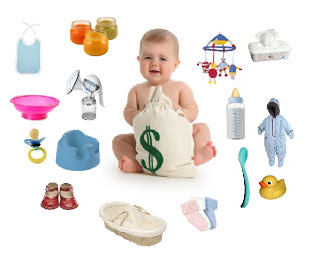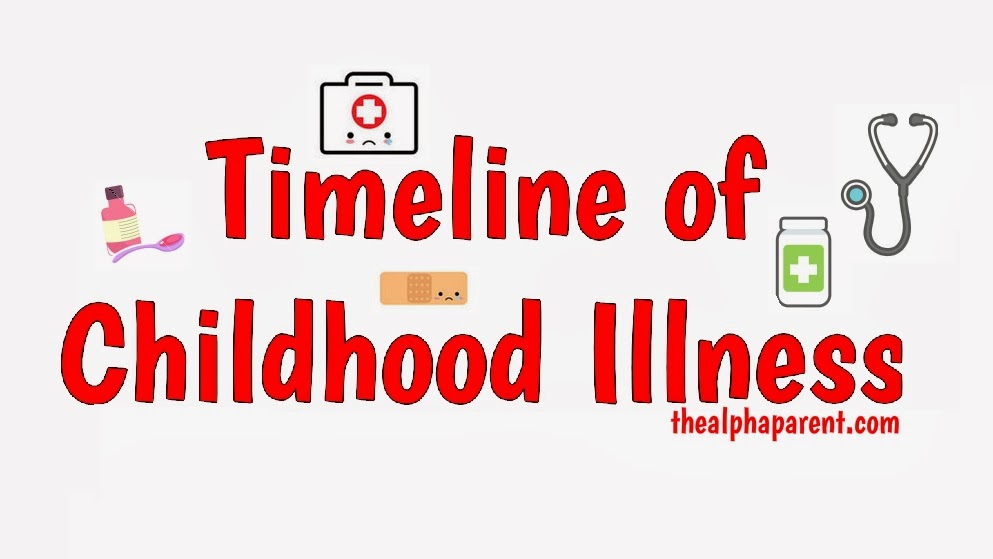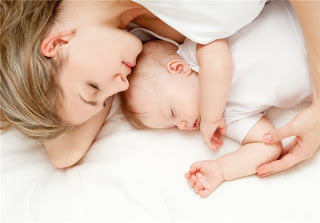When it comes to challenging early childhood behaviour, every parent, whether they care to admit it, has received their fair share. From excessive crying and head-banging, to toddler tantrums, preschool nightmares and everything in between. This timeline showcases the normal, yet challenging, behaviour your child may exhibit from birth till they start school. The timeline will enable you to better understand your child’s thinking and why he acts the way he does at certain times. By consulting this timeline you will be able to handle his difficult periods much better as you will know what will happen before it does.
Jump to age…
| 1 Month | 2 Months | 6 Weeks | 3 Months | 4 Months | 5 Months |
| 6 Months | 7 Months | 8 Months | 9 Months | 10 Months | 11 Months |
| 12 Months | 13 Months | 14 Months | 15 Months | 16 Months | 17 Months |
| 18 Months | 19 Months | 20 Months | 23 Months | 24 Months | 30 Months |
| 3 Years | 4 Years | 5 Years |
1 Month Old:

- Crying: Crying in an infant does not have the same meaning as it does in an older child. Imagine for a moment what life might be like if your baby never cried. You would have no way of knowing that he was hungry, ill or in pain, or simply needing a hug. All babies cry, and there is always a reason for it. You may not believe it now, but there will come a time when you will be able to recognise the difference between his cries and be able to respond quickly and, as a result, he will gradually cry less.
- Excessive crying: In medical terms, excessive crying is defined as “continuous crying lasting more than three hours in 24 hours” (Laurent 2009). As many as one in four babies, from newborn to three months of age, display this level of crying (Johnson 2005; Fredregill 2004). The following can be helpful: cuddling, motion, white noise (e.g. washing machine, hairdryer, television tuned into a static-filled channel, detuned radio), going for a drive, comfort sucking, massage, swaddling, singing, talking, and reducing external stimuli. Symptoms of excessive crying usually last from three to four months.
- Colic: The period between birth and three months is one of adjustment of your baby’s immature nervous and digestive systems to life in the outside world. A smooth adjustment is harder for some babies to achieve than others. Infantile colic is a condition in which an otherwise healthy baby cries or displays symptoms of distress (cramping, moaning, etc) frequently and for extended periods, without any discernible reason. The condition typically appears within the first month of life and often disappears rather suddenly, before the baby is three to four months old, but can last up to one year. Many mothers are tempted to just forget about breastfeeding and switch to formula at this point, but that can be a major mistake. Most babies who have a food allergy are sensitive to cows’ milk, the primary ingredient in baby formula. Instead of eliminating colic, formula may actually make it worse.
- Dislike of Bathing: Some babies are terrified of having a bath. If your baby is one of them, don’t force the issue. It will unsettle him and upset you. Topping and tailing is quite sufficient until he is happy in the water. When he is ready, you can introduce small amounts of water to the bath and gradually increase the volume with each bath time. Or even better – bath with your baby.










